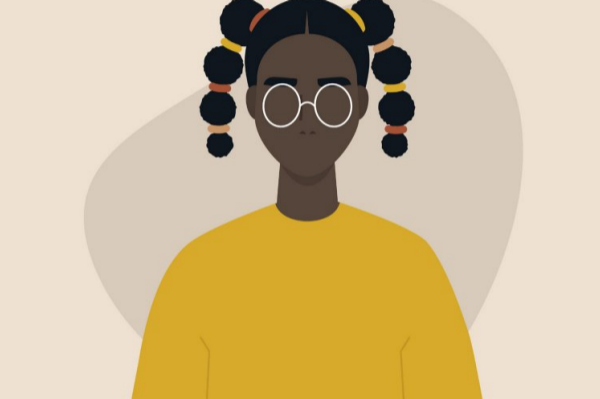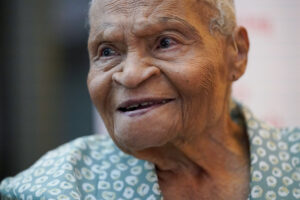At age 13, Nadia Robbins first attempted suicide, leading to an involuntary stay in a psychiatric hospital. She was overwhelmed at first, but over time, she came to feel a kind of comfort she hadn’t felt before.
“When you go to a psych ward, you know everyone around you has their own struggles and is in no place to judge your own,” Robbins said. “It makes it much easier to connect to others and feel accepted.”
That sense of acceptance stood in stark contrast to the silence she faced at home, a silence that was deafening and nearly fatal.

“Mental health was not discussed heavily, or even at all, in my household growing up,” Robbins said. “I was raised in a family that wasn’t vocal about feelings or struggles.”
Her experience reflects a quiet but widespread reality among Black youth
in America: Mental health issues are common, but open discussions around them are not.
Inside many Black households, conversations about mental health remain rare, if not absent.
Despite this, the suicide rate among Black youth has risen faster than any other racial group in recent years, proving that silence is not a helpful strategy in coping.
“Not only does this cause a lot of Black youth to feel misunderstood,” Robbins said, adding, “it also can cause an extreme feeling of isolation and hopelessness.”
Dr. Takesha Cox, a psychotherapist who has worked closely with Black youth, recognizes this pattern.
“There’s a big stigma around mental health in the Black community,” she explained.
“We don’t want to believe that it’s something that affects us,” Cox added. It’s common for Black youth to receive care only after their mental health has escalated into crisis mode. “It had to get to the point where the challenge was uncontrollable, where police or other outside systems had to be involved, before it was finally addressed,” Cox said.
That delay is worsened by systemic gaps in care. Black mental health professionals remain
scarce, making up only four percent of psychologists in the U.S.
“It’s hard to trust a system that doesn’t represent you,” Dr. Cox said.
Ultimately, both Robbins and Cox agree that silence isn’t the solution. “Long-term treatment and support are extremely important,” Robbins said.
But she also notes that psychiatric institutions alone cannot carry the weight of recovery.
“They are not permanent solutions to mental health conditions; they do not cure people,” she said.
True healing, Robbins said she found, came not just from clinical care, but from reclaiming joy shamelessly and embracing her passions.
“Finding something positive that can make you smile even when you feel isolated and alone is so important,” she said.
Cox’s approach to healing emphasizes a similar sentiment of fostering a positive, nonjudgmental space for young people to freely express themselves. “Sometimes it wasn’t even about talking,” she said. “Sometimes it was just sitting and listening to music, going through their favorite song and seeing what lyrics match how they feel.”
But meaningful change, she said she believes, must begin at home. Black families need to challenge generational norms of silence and instead lead by example.
“If you break a leg, you’re not just going to pray over your broken leg, you’re going to go to the doctor,” she said. “If you’re dealing with stress, anxiety, depression, trauma, whichever mental or emotional challenge you’re dealing with, it’s the same concept. You don’t have to suffer in silence.”
Breaking through that silence, not just in moments of crisis, but as a sustained act of care, is how healing begins. It’s how people demystify the stigma and make room for support to take root where dismissal once lived. For all Black youth who may be struggling, help is out there.
Black youth who are struggling can explore resources like The Steve Fund, Therapy for Black Girls, or the NAMI HelpLine to find healing.
______________________________________________________________________________
Sulwa Siraj is an intern working for Texas Metro News, a BNV partner, through the Scripps Howard Foundation Emerging Journalist Program at the University of North Texas.





